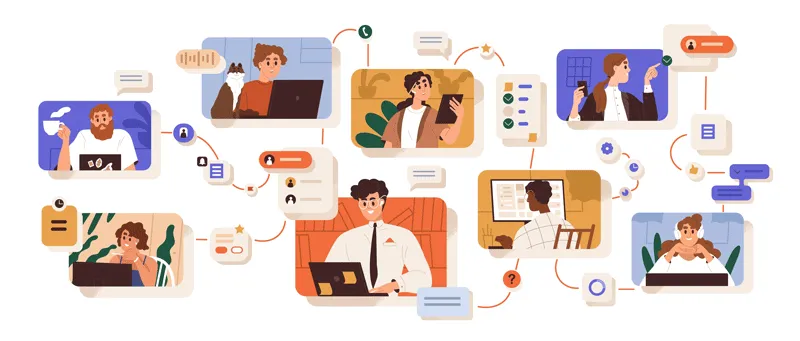Despite the new IT tools and the new project management methods that are appearing, no matter how hard we work, we remain human beings. And making a project a success will always imply getting real people to work together.
Now, with that context established, here’s a brief mashup of common issues 😡 encountered in project management… and their solutions 😀 ! For there are always solutions.
The “deadlock”🔓🔑🌊
I sometimes wonder how we managed projects when we didn’t have the IT tools of today. Just imagine a time of lockdown without video conferencing software! Not to mention when there was no Internet. Back then, I was already a software editor and I remember that all support was carried out over the phone ( or by fax?). ( I guess I’m a dinosaur when it comes to computers; for my daughter, I’m just a dinosaur!) Anyway. Nowadays, we use all kinds of powerful tools ( definitely much better than before), and now I come to the subject…
A ticket has been issued by the customer, and we approve it, except for a detail we need to move forward. The customer only keeps in mind the approval and forgets that he has to provide us with information. Both teams are waiting for one another. That’s where the “deadlock” starts. Obviously, the time comes when someone realizes that something is wrong and there is a misunderstanding. (“‘Bad faith’ is a common trait”, see below).
😀
It can be seen that in this example, the problem will have been to send two messages at the same time: yes, but. Finally, computer tools are great, but sometimes it is useful to talk to each other directly.
The isolation paradox🏢 ➡️ 🏢 ➡️ 🏢 ➡️
Another situation: our customer’s marketing department decides to change its catalog design. They hire an agency. Discussions are held and a beautiful charter is released. The marketing department notifies the studio and asks that the new design should be used for the next catalog; the studio is obviously surprised, but the marketing department guarantees that the changes are minor. So the studio contacts us to request that we help them to integrate the new design quickly. And, of course, while analyzing the guideline, we come across complexities that make it difficult to implement the automation in a short time (not so minimal changes after all).
😀
This is a classic: that’s why we recommend including the team working on the charter with the people in charge of integrating it into Simple Workspace. It enables to adjust live the ideas of the designers by taking into account the automation restrictions.
The universal bad faith😡😠😒
Bad mood, bad mindset, bad faith, etc. are attitudes that make it very difficult to run a project.
Once you get to that point, there are very few solutions. We must gather and speak to each other.
😀
This is what we stand for at J2S: trying to put ourselves in the other person’s shoes. And ideally, let the other person put themselves in our shoes too! From my point of view, when two teams must work together, the goal is the success of the project. And when both teams work on the project, there is only one team left.
“I told you so!”🗣 🆚 ✍️
Here are a few statements I heard after a release:
- ” But this is not what I requested at all!”
- “OK for the new functionality, but as for the rest, it was supposed to run the same as before!”
- “OK, you’ve done this job for the such-and-such department, yet I told you that it should be extended to the whole team.”
Again, this is a classic: the requirement was not properly described or not approved by both parties. Moreover, just because we have discussed it doesn’t mean we have been understood. We need to confirm it with the other party!
😀
And even if it’s really tight, this phase of the process should be given particular attention… The time spent on this phase will be widely saved later on. A clear statement of requirements avoids any confusion for the teams and allows everyone to move in the same direction.
I could go on and on with this topic. (It’s the advantage of experience.) It’s easy to understand that project management is above all a matter of communication. Indeed, you need to organize and schedule, prepare reports, use the right tools, etc. But it is communication that makes the whole thing happen.
Interested in learning more about our services? Contact us : we are looking forward to hearing from you.

JY. Jourdain
Cofounder of J2S








